We explore community assembly and biodiversity responses to environmental change using large-scale and long-term field observations, field experiments, and ecological synthesis. Our projects span a variety of plant communities including temperate and tropical forests, ecosystems shaped by natural and human-altered disturbances, and global hotspots of biodiversity.
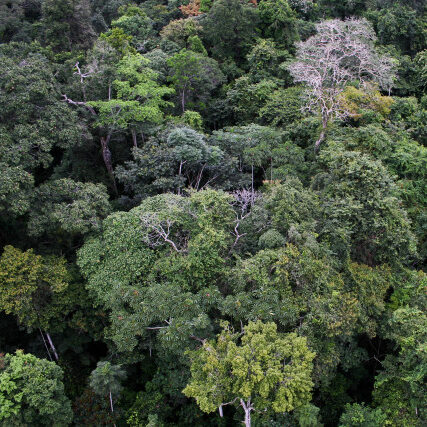
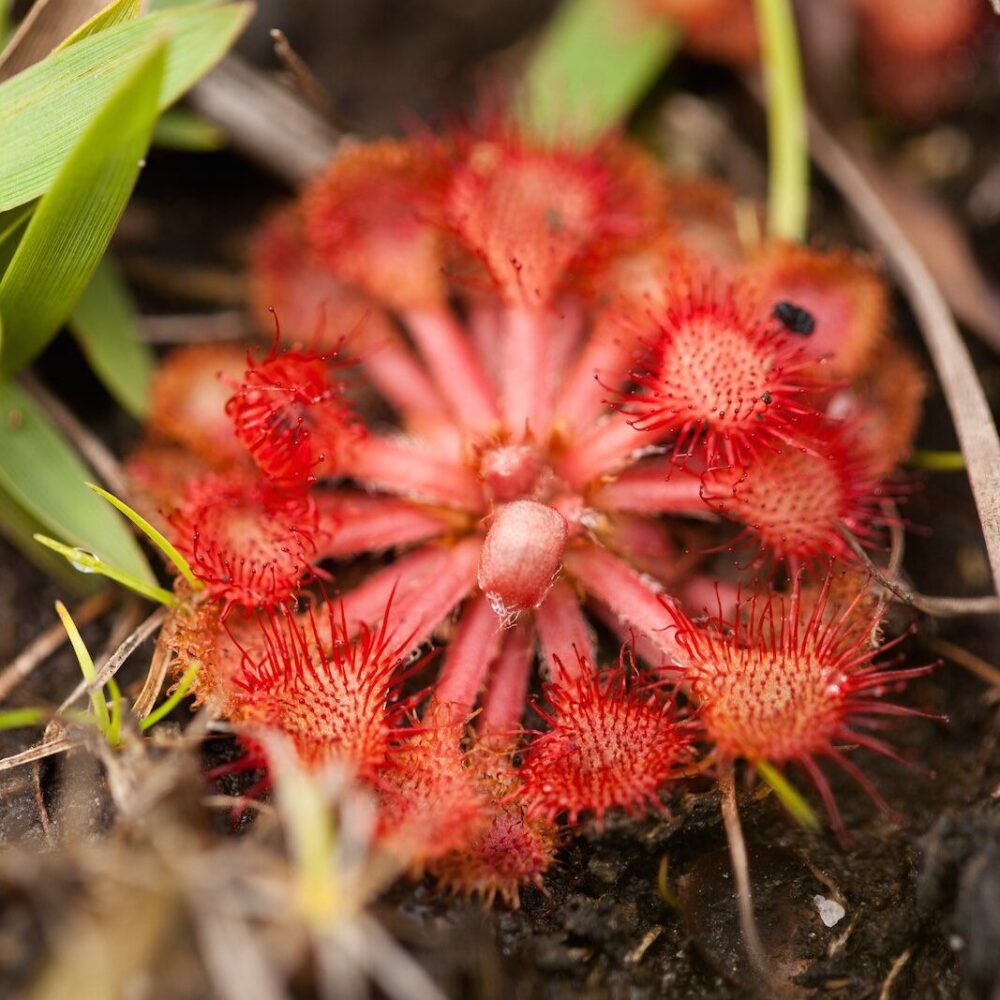
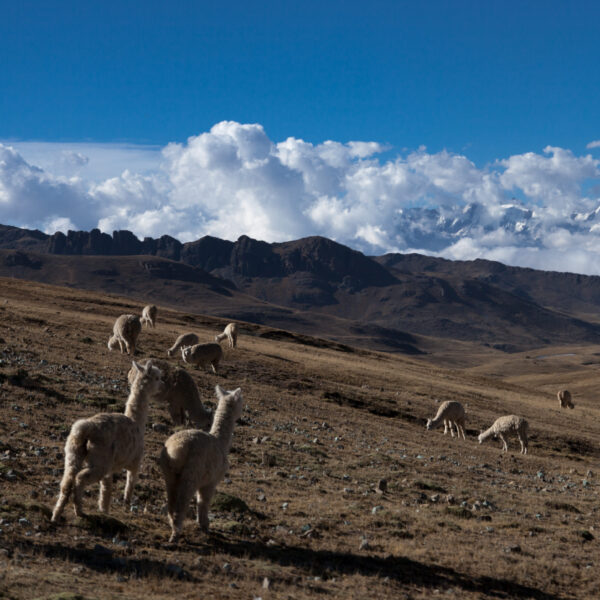
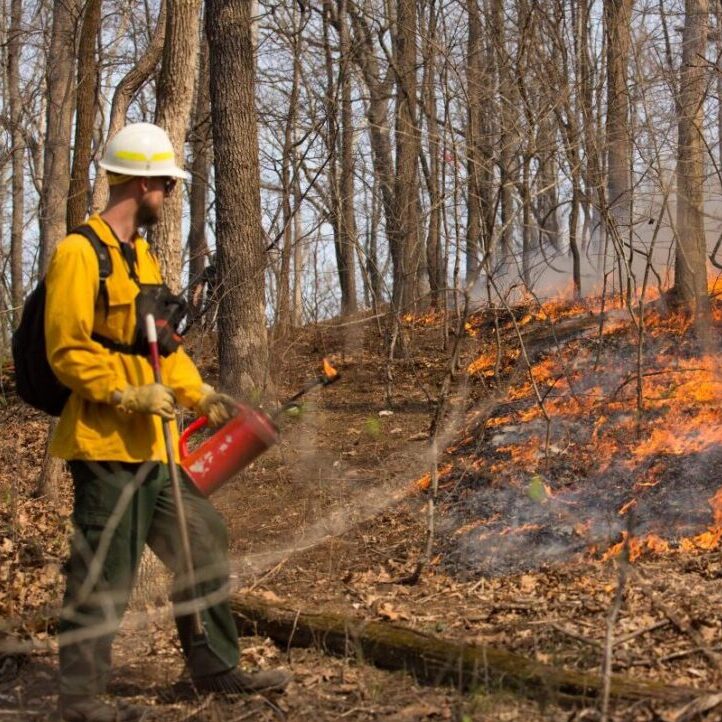
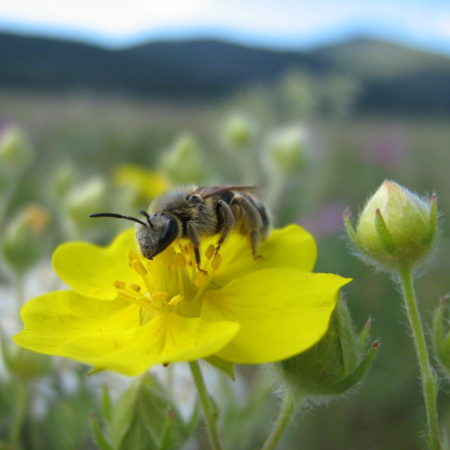
Community Assembly from Local to Global Scales
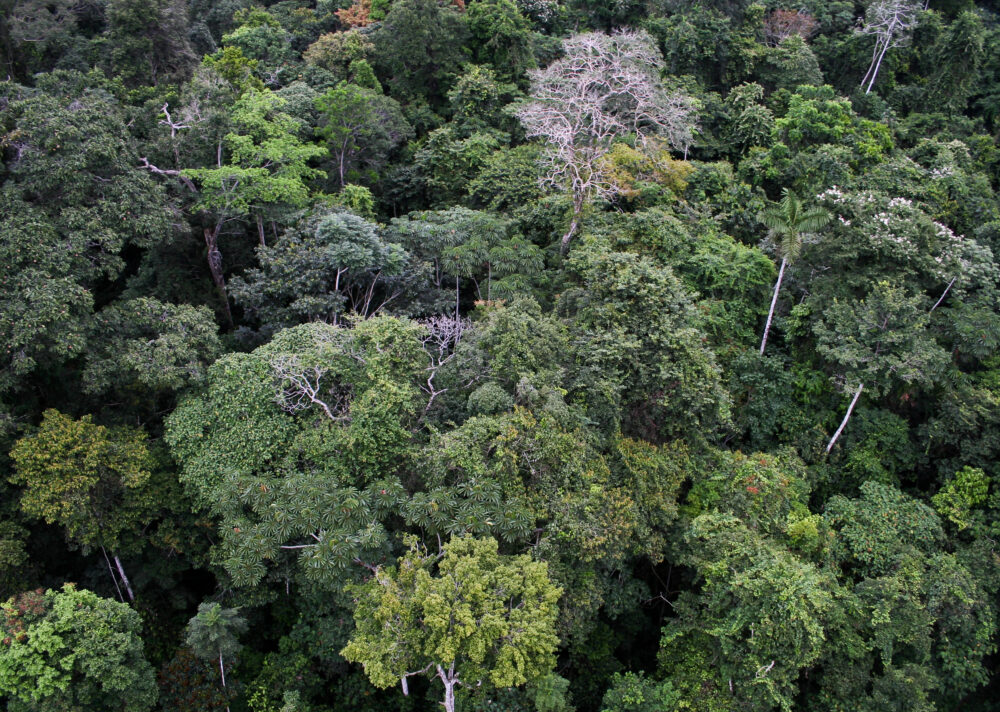
Temperate and Tropical Forest Biodiversity
One of the most striking patterns of life on earth is the increase in species diversity from temperate to tropical regions. We study the processes that shape the assembly, diversity, and dynamics of temperate and tropical forests. Our core temperate field site is the Tyson Research Center Forest Dynamics Plot at WashU’s field station in the Missouri Ozarks, part of the ForestGEO global network of forest research sites. Photo: Amazonian rainforest, Peru (J. Myers).
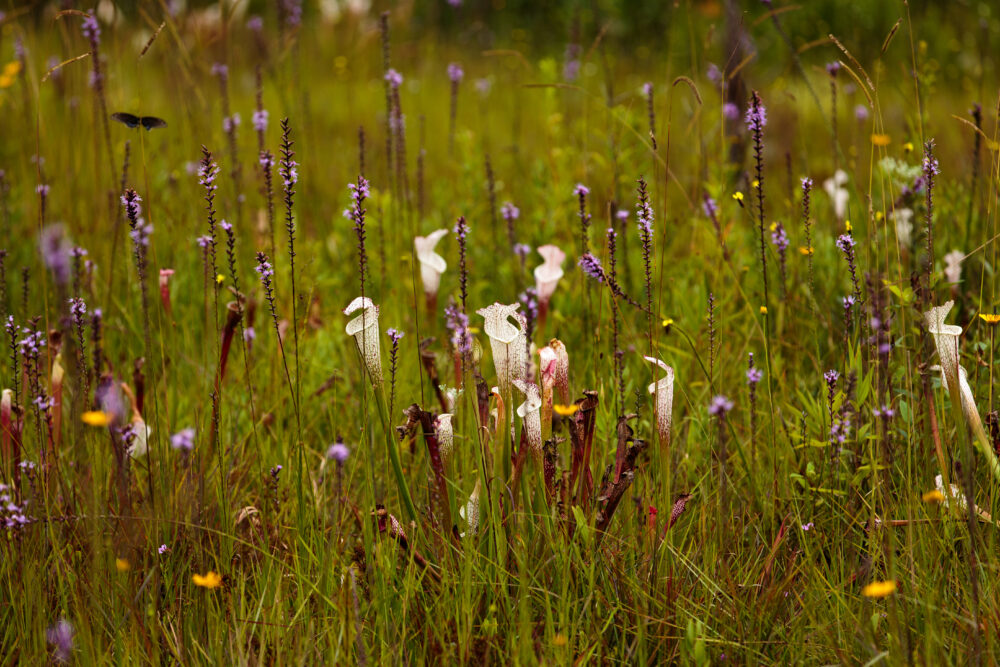
Ecological Assembly of Hyperdiverse Communities
Species-rich communities provide an ideal setting for exploring the interplay of abiotic, biotic, and spatial processes of community assembly. We study these processes using field experiments in the hyperdiverse longleaf pine ecosystem of the southeastern United States, a global hotspot of plant diversity. A key goal of this NSF-funded project is to determine the ecological roles of dominant species (bunchgrasses), disturbance (fire) and abiotic niches, and dispersal limitation in community assembly. Photo: Longleaf pine savanna, Alabama (J. Myers).

Eco-Evolutionary Assembly of Regional Biotas
In collaboration with the Madidi Project, we study why a major biogeographic event, the uplift of the Andes Mountains in South America, has shaped the assembly, diversity, and dynamics of tropical tree communities across large-scale environmental gradients. This NSF-funded project features an extensive network of more than 450 forest plots spanning a 4,000-m elevational gradient in Bolivia, located at the center of earth’s most biodiverse hotspot. Photo: Andes Mountains, Bolivia (J. Myers).
Biodiversity and Ecosystem Responses to Environmental Change
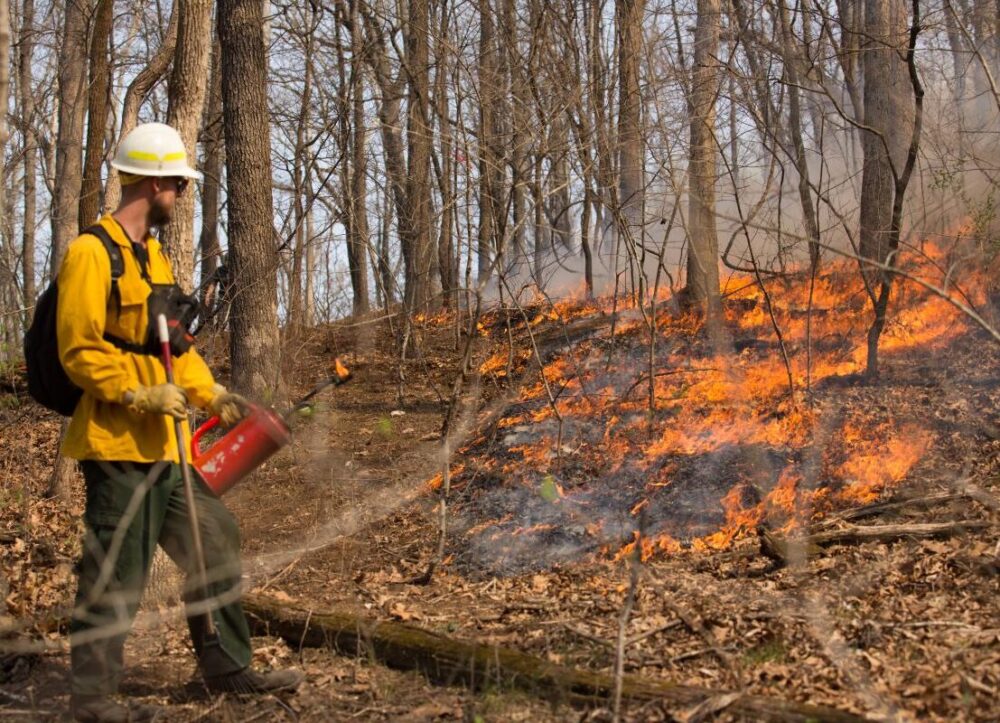
Species Pools, Functional Diversity, and Community Responses to Disturbance
An enduring challenge in ecology is to explain why communities often respond differently to similar environmental conditions. We study how a key driver of community assembly—the diversity of functional traits in species pools—mediates community responses to environmental change. This NSF-funded project features a landscape-scale disturbance (fire) experiment in Ozark forests. Photo: Prescribed fire, Missouri (J. Myers).
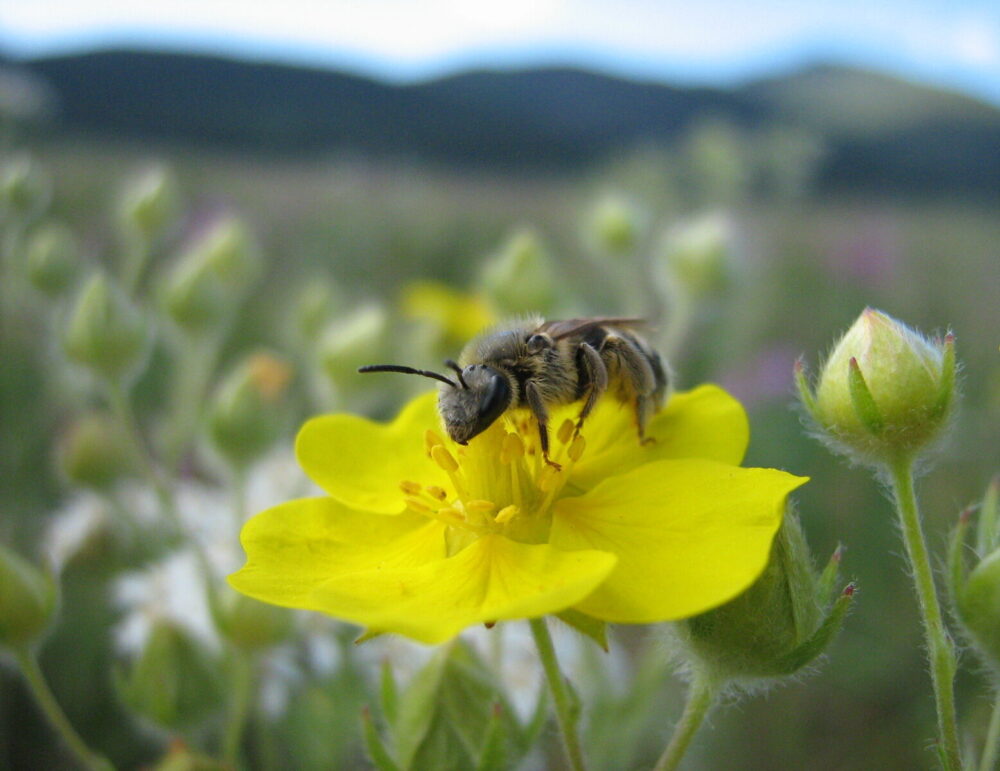
Disturbance and Plant-Pollinator Diversity
Altered disturbance regimes may have some of the largest impacts on plants and animals and the ecosystem services they provide. In this NSF-funded collaboration with the Burkle Lab, we study how changes in wildfire severity affect plant-pollinator interactions, community assembly, and diversity in the Northern Rocky Mountain, a biogeographically-diverse region of high conservation significance. Photo: Montana Rockies (L. Burkle).
